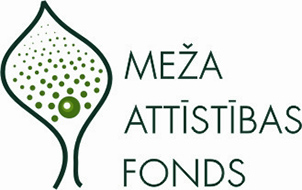Study supported by the Forest Development Fund (agreement No. 22-00-S0MF10-000043)

Currently, under the influence of the European green deal policy, the forest areas where forestry activities will be restricted or prohibited will potentially increase. But, taking into account the recent geopolitical events, Latvia should also be able to guarantee the availability of wood in the future. Therefore, forestry practices in forests in Latvia should primarily promote and ensure productive, healthy and diverse forest stands that support a sustainable bioeconomy of forest resources. Improving the conditions for tree growth in the forest using wood ash or other mineral sources will be of great importance in the future. Until now, the long-term impact of forest fertilization on forest resources has not been evaluated in Latvia, nor has the long-term impact of different forestry operations on various forest ecosystem services been evaluated. Therefore, it is necessary to model the long-term development of forest resources under different forestry regimes and evaluate their long-term effects on forest resources, wood availability and ecosystem services provided by forests.
The aim of the study is to evaluate the potential long-term impact of different forestry scenarios on Latvian forest resources and the ecosystem services they provide.
Tasks of the study:
- Improve the LVMI Silava forest resource modeling system:
1.1. supplement with the latest growth models;
1.2. include a model for the assessment of different forest ecosystem services;
1.3. to improve the simulation model of the growth changes after fertilization of the forest stand. - Model changes in forest resources at least until the year 2100, defining different forestry scenarios. One forestry scenario is business as usual forestry, the second scenario is potential forestry under the influence of the European Green Deal, and the other forestry scenarios are modified forestry scenarios with the aim of increasing forest productivity and/or value. To evaluate the long-term impact of different forestry scenarios on forest resources, wood availability and the ecosystem services they provide.